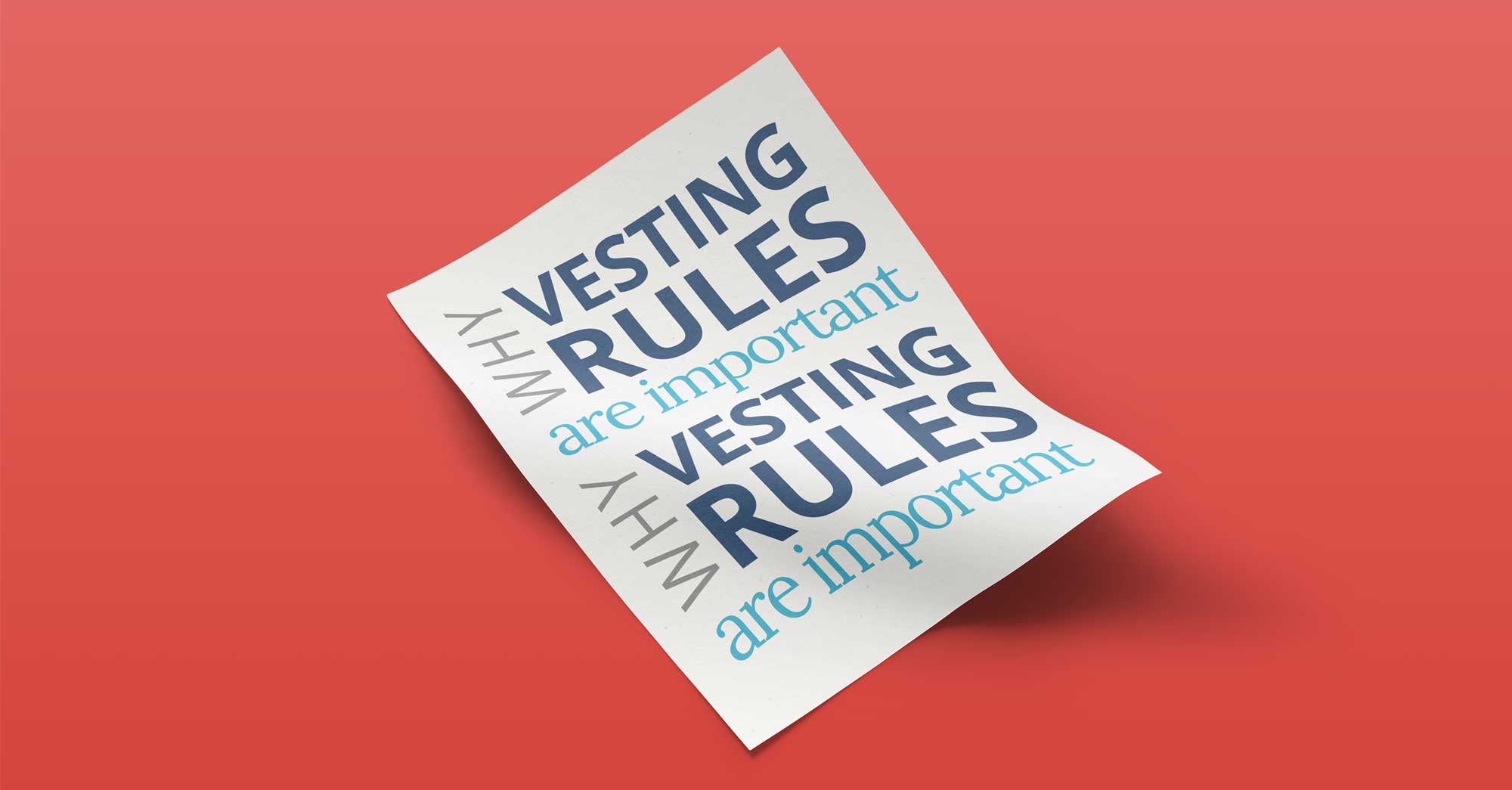What is unvested stock?
Unvested stock is stock set aside for an employee but that he/she has not yet fully owned due to the fact that certain conditions (e.g. performance targets or length of employment) haven’t been met yet in a vesting period. A vesting period is a process of gaining 100% ownership of an equity asset.
In most companies, equity awards are subject to vesting simply because they want their employees to stick around instead of getting benefits and walking away. By setting up proper vesting schedules, you can effectively attract, retain and motivate employees. Check out more vesting schedule examples here.
Unvested vs vested stock
Unvested stock is stock that you’ve not yet earned in full while vested stock is stock that finally becomes available for you. Let’s look at this example:
On Jan 1, 2020, Michael was granted an asset subject to 4-year vesting with a 1-year cliff. Today is Jan 20, 2022, and here are the unvested and vested portions.
| Year(s) of Service | Date | Unvested Shares | Vested Shares |
|---|---|---|---|
| 0 | Jan 1, 2020 | – | – |
| 1 | Jan 1, 2021 | – | 25% |
| 2 | Jan 1, 2022 | 25% | – |
| 3 | Jan 1, 2023 | 25% | – |
| 4 | Jan 1, 2024 | 25% | – |
If Michael decided to leave the company, he could typically take the vested shares, i.e. 25%, with him while the unvested shares i.e. 75%, are forfeited.
Summary:
| Unvested Stock | Vested Stock |
|---|---|
| You don’t own the asset | You 100% own the asset |
| You can’t sell or transfer the unvested stock | You can sell or transfer the vested stock |
| If you quit, you would have to forfeit the stock. | If you quit, you could take the stock with you. |
| Your company will have the right to repurchase the unvested stock after termination | Your company generally would not have the right to repurchase any of the vested stock after termination* |
*Note: If your contract includes a clawback, your company can take back your vested stock options when you leave the company. The agreement might require you to sell it back at the price you paid for it or at the FMV as of your termination.
Unvested stock options
Some companies allow for an early exercise of stock options (both ISOs and NSOs). It means option holders have the right to exercise (purchase) their stock options before fully vested.
On an early exercise of options, the option holder receives common stock that is subject to the same vesting schedule applied to the stock option.
If he/she subsequently walks away before the stock fully vests, the company will have the right (not obligated) to take the unvested stock back. Since California law prevents a company from taking back an employee’s shares for free, there’s a repurchase price for companies:
The repurchase price is generally either
– The exercise price; or
– The then-current fair market value of the stock.
The company’s right to repurchase will lapse as the stock vests. Oftentimes, it has 180 days (6 months) to repurchase shares from employees. Companies generally would not have the right to repurchase any of the vested stock.
Unvested restricted stock
Similar to the case above, if restricted stock awards (RSAs) are granted under a plan, then the company has the right or should buy back (or repurchase) the unvested shares from its employees when they leave the company.
The plan document should clearly state the window of time for buying the unvested shares back.
Why repurchase unvested stock?
There’re three main reasons why companies should repurchase unvested stock:
- Increase the pool of shares available for future grant
- Make sure to be fair to other stockholders – The company asset goes to those who are employed to help grow the business
- Attract investors because they prefer companies that have provisions in their stock repurchase agreement. They don’t want to put money in a company where founders quit with a big equity ownership stake in that company (Source: a Stanford University course produced by Kirsty Nathoo and Carolynn Levy, partners at Y Combinator)
How do unvested shares impact employee retention?
Leaving unvested shares behind could be cutting yourself out of a potentially lucrative reward for all your hard work.
If you’re choosing to leave, according to David Rae, a certified financial planner, make sure you are aware of the vesting schedule before giving notice and the date of your last day of work.
Knowing how many shares are vested and unvested can help decide when to hand your notice. Some companies use a back-loaded vesting approach, e.g. year 1: 5%; year 2: 15%; year 3: 40%; year 4: 40%, to help boost employee retention. If you think your company will continue to grow, you may want to stay longer to get a bigger portion of vested shares.
How we can help with stock vesting
At Global Shares, we’ve 15 years of experience helping companies of all sizes and locations to design vesting rules to fit their equity compensation plans. Our automated cloud-based software program reduces a lot of administrative tasks, saving your team time and effort and at the same time improving accuracy.
Speak with us today if you have any questions about vesting.
This publication contains general information only and J.P. Morgan Workplace Solutions is not, through this article, issuing any advice, be it legal, financial, tax-related, business-related, professional or other. J.P. Morgan Workplace Solutions’ Insights is not a substitute for professional advice and should not be used as such. J.P. Morgan Workplace Solutions does not assume any liability for reliance on the information provided herein.



